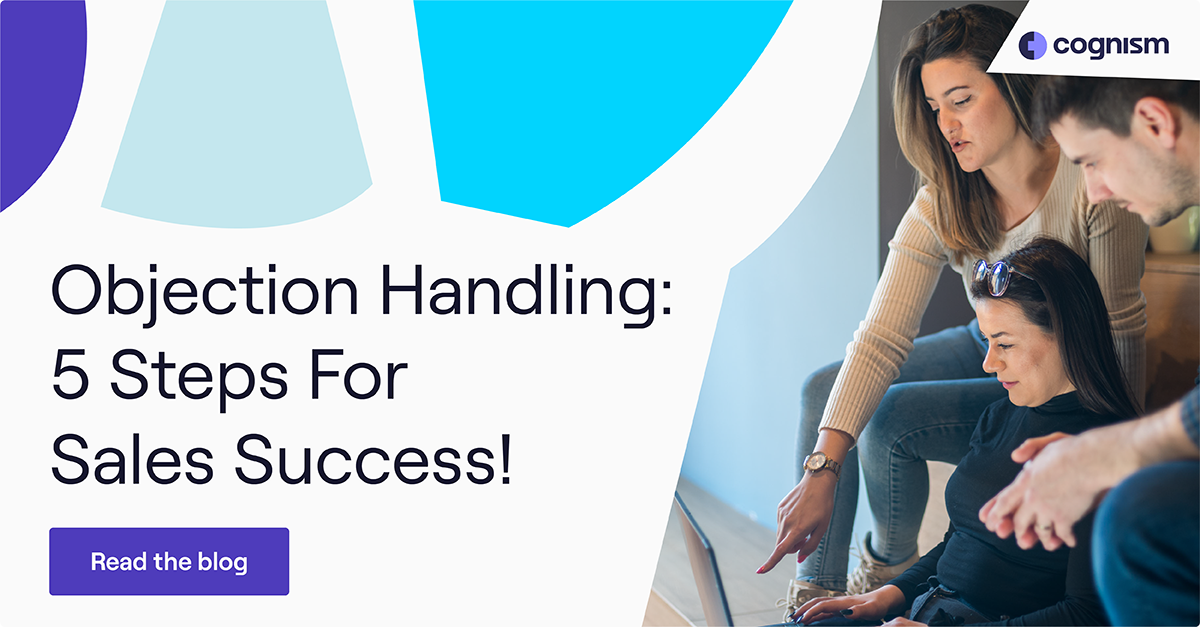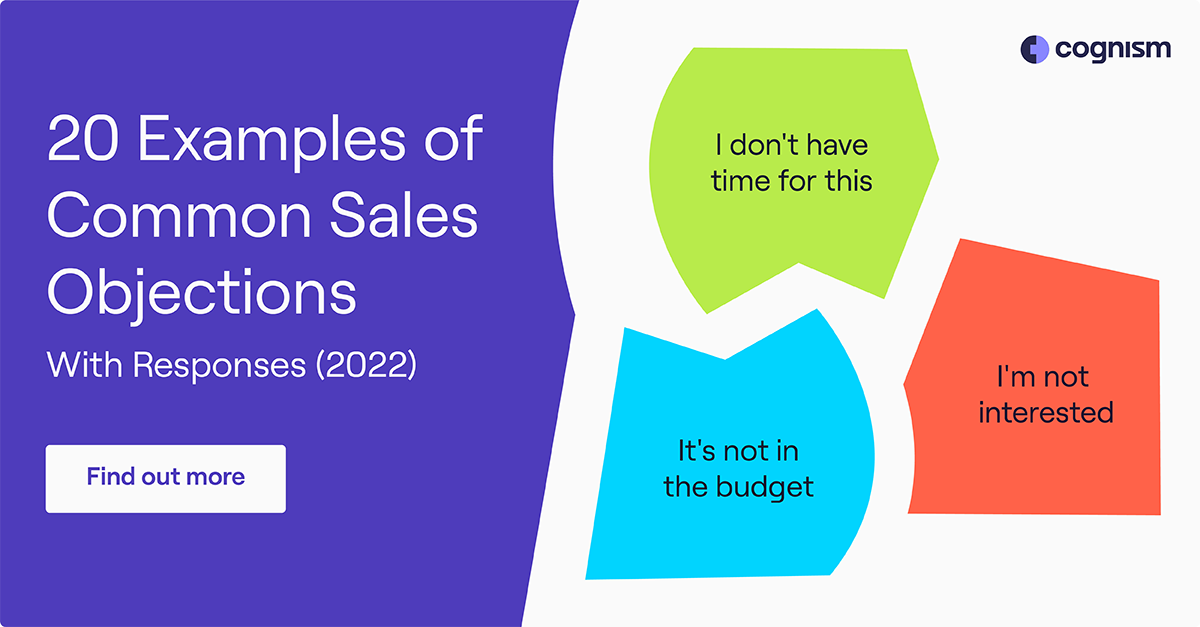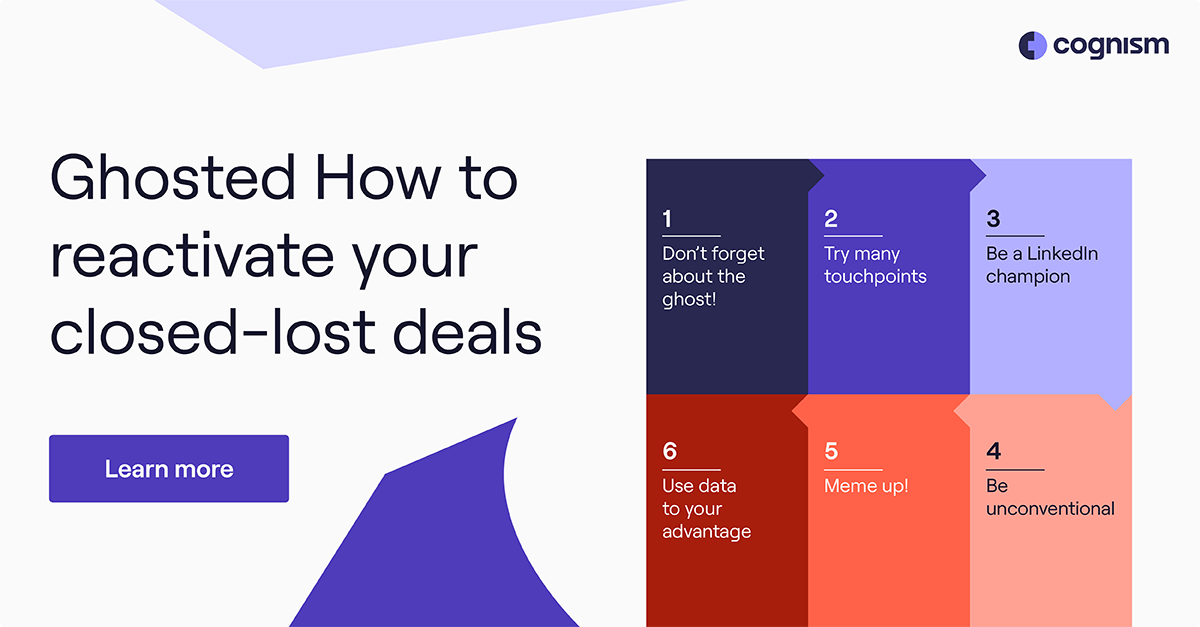SDR Zone: Cold Calling & B2B Sales Resources That Work
We’ve collated our best and most entertaining resources for SDRs and their sales leaders to access on demand.
Explore proven scripts, podcasts, and sales tactics designed to help SDRs book more meetings, hit quota faster, and grow with confidence.

Top SDR Resources to Kickstart Your Success
We’ve handpicked 3 essential SDR resources to help you sharpen your skills, boost your confidence, and book more meetings.
Explore them below and start your learning journey today.
Join the next Cold Calling Live Webinar
Watch live mock calls, hear from industry experts, and get real-time feedback to level up your outbound game.
Don’t miss your chance to learn from the pros.
Turn Sales Fails into Wins with Real Stories
Our Why Did It Fail? podcast digs into the deals and campaigns that didn’t land—and the lessons leaders learned from them. Honest conversations, raw insights, and takeaways you can use today.
Proven Scripts to Win More Calls
Use ready-to-go scripts that help you connect with prospects faster, handle objections with confidence, and convert more calls into real opportunities. Scripts built to close deals.
What's on this page
Rate My Cold Call
Sales pros break down cold calls from real reps. Watch these conversations to improve your own cold calling skills!
Prospecting Power Plays
Sharpen your outbound skills with real-time training, and unmissable prospecting tactics from industry pros.
Cold Calling Scripts
Scripts that actually work. Grab proven cold calling templates and voicemails designed to book meetings, not just check boxes.

The Only Cold Calling Script You Need for SaaS Sales
57% of decision-makers in SaaS like to be contacted by phone. Click to see a cold calling script for SaaS that actually works. A guest blog by Leadfeeder.
Why Did It Fail?
Honest stories from top salespeople. Explore the failures that shaped their success, and what you can learn from them.
Cadences
Sales cadences that convert. Build structured, high-impact outreach flows that drive more replies and more meetings.

The Ultimate Closed-lost Opps Cadence
Too many reps give up! There are some real opportunities to be had in your closed-lost deals - and that’s what this cadence is all about.
Bonus resources
No items match your selection
What SDR’s are saying about us




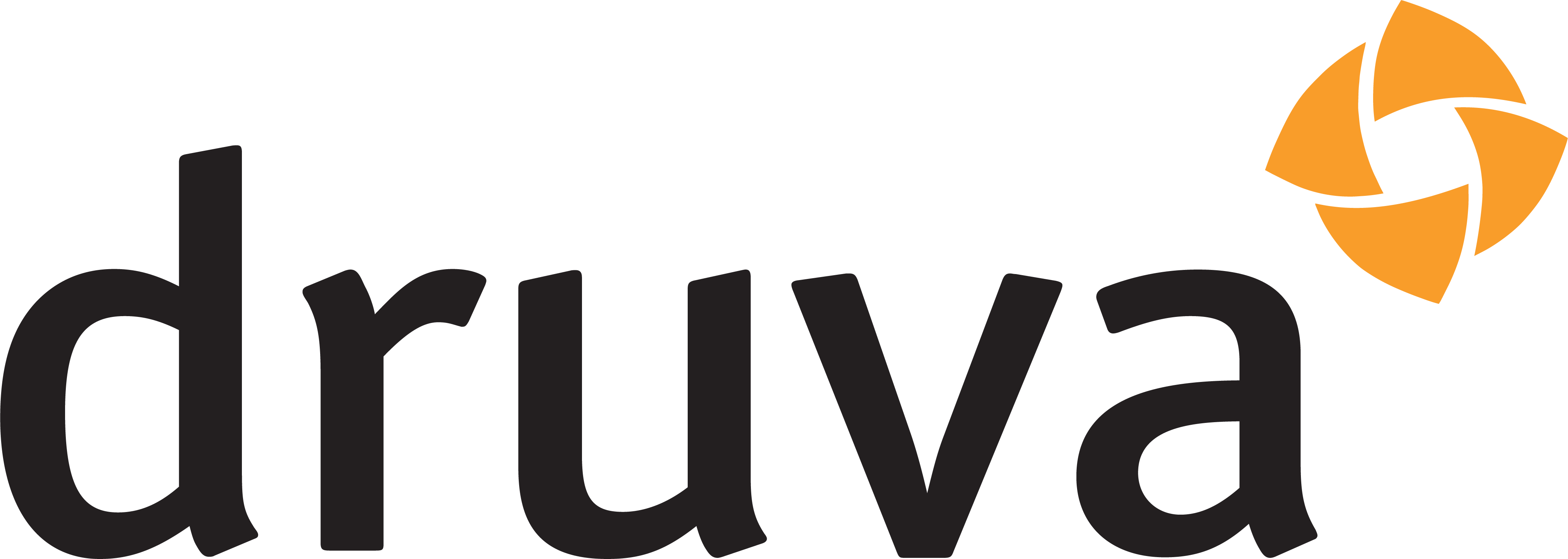







.webp)
.png)



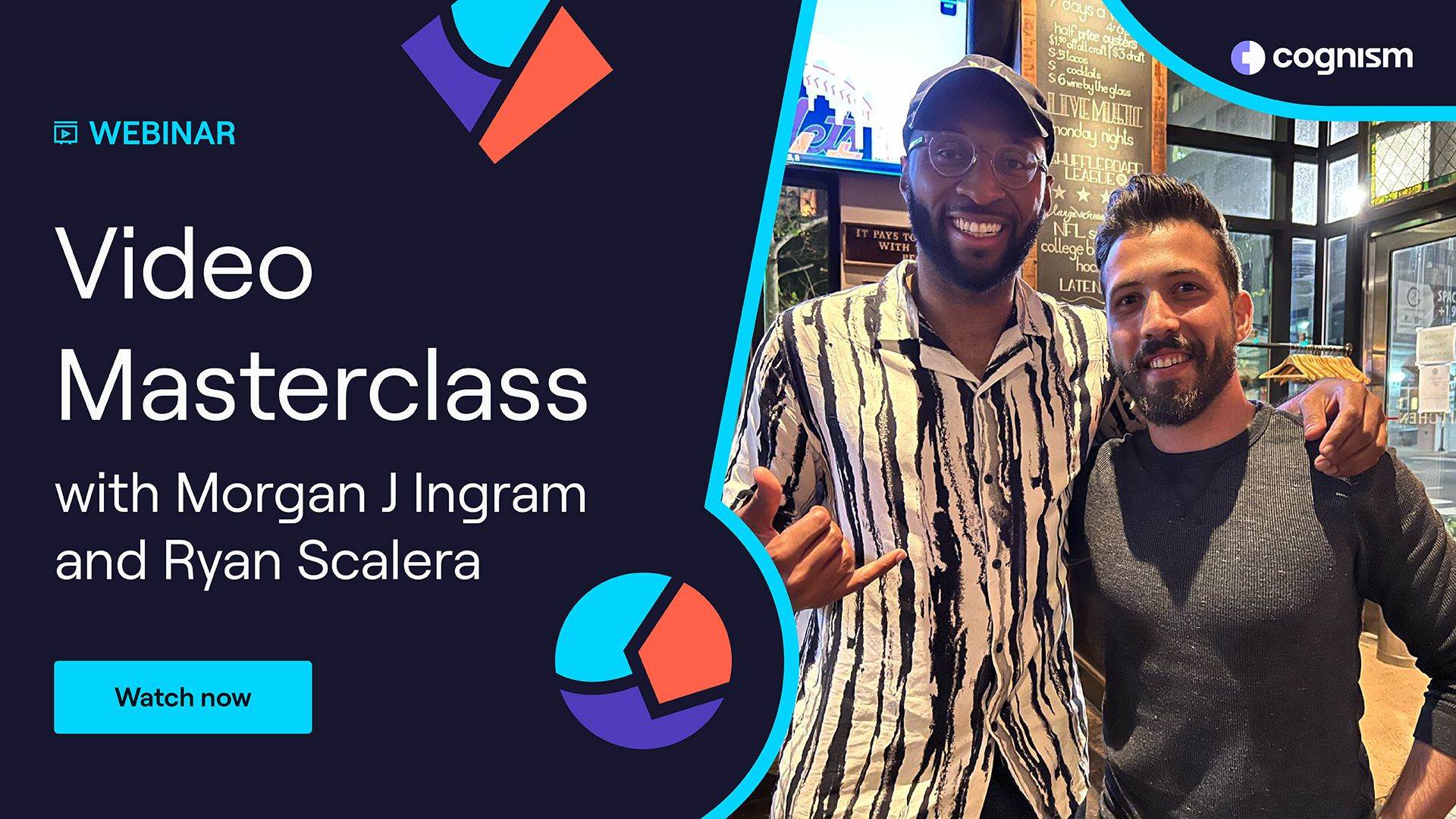



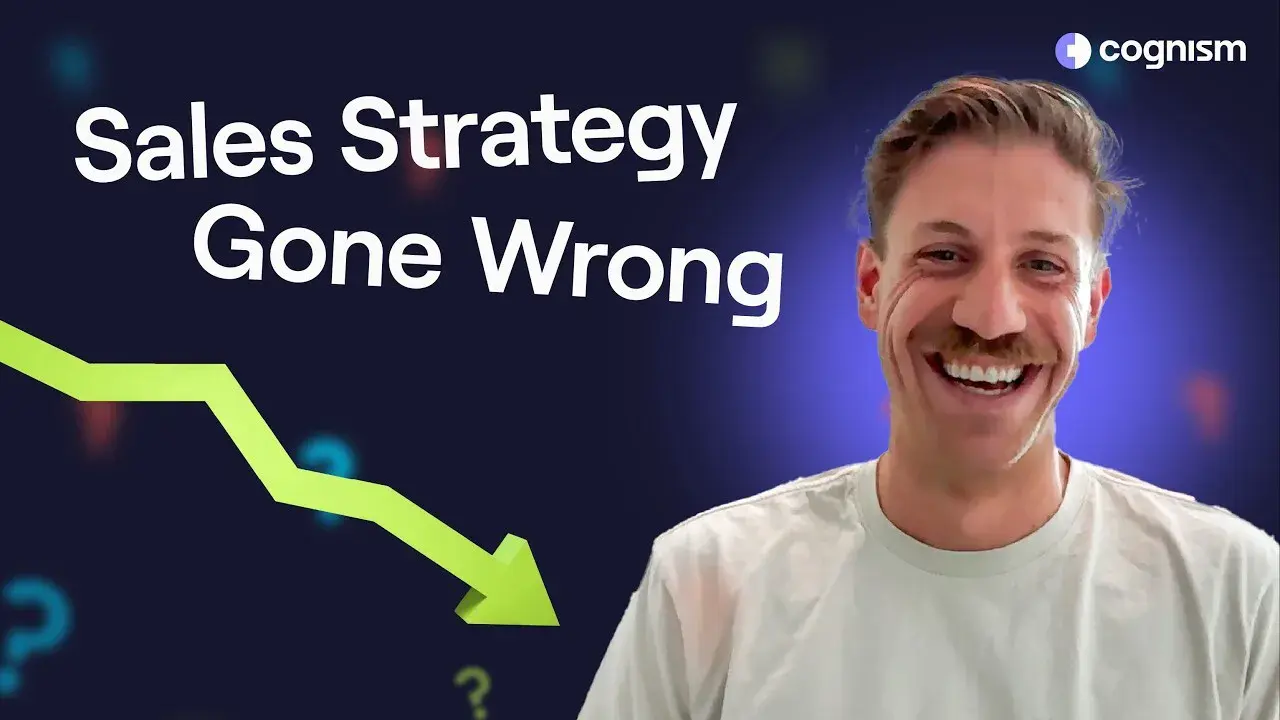

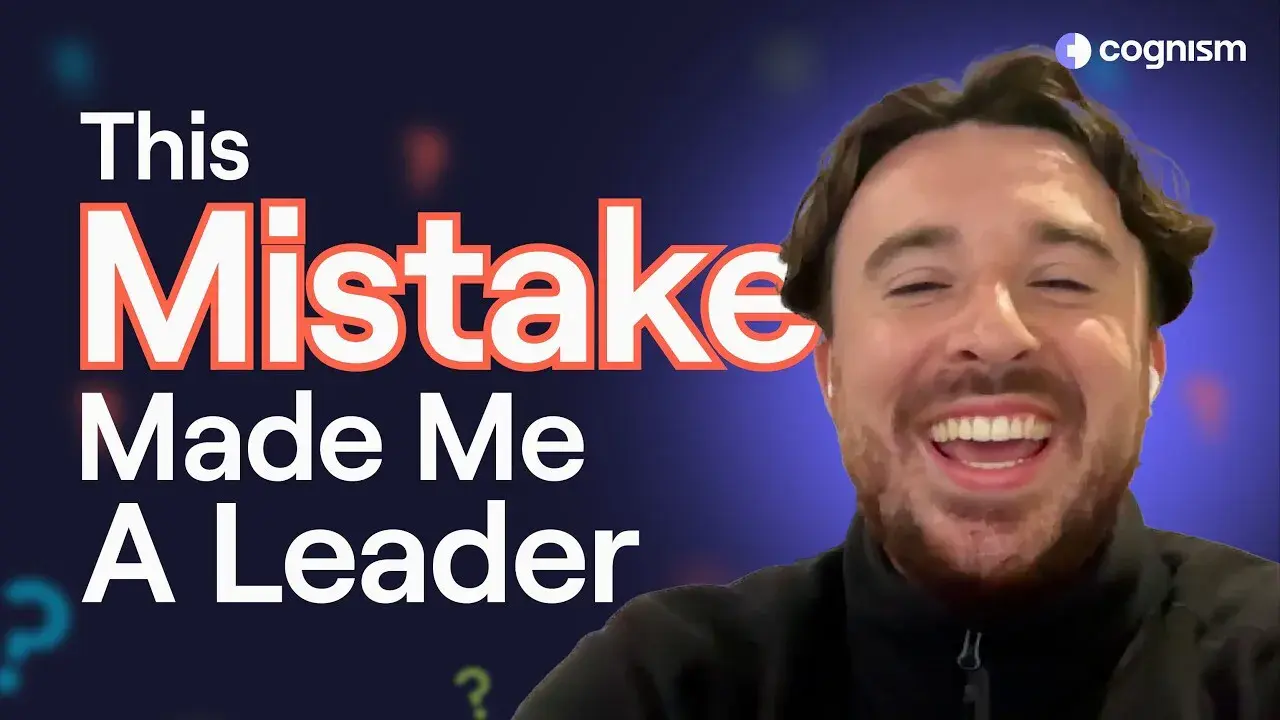
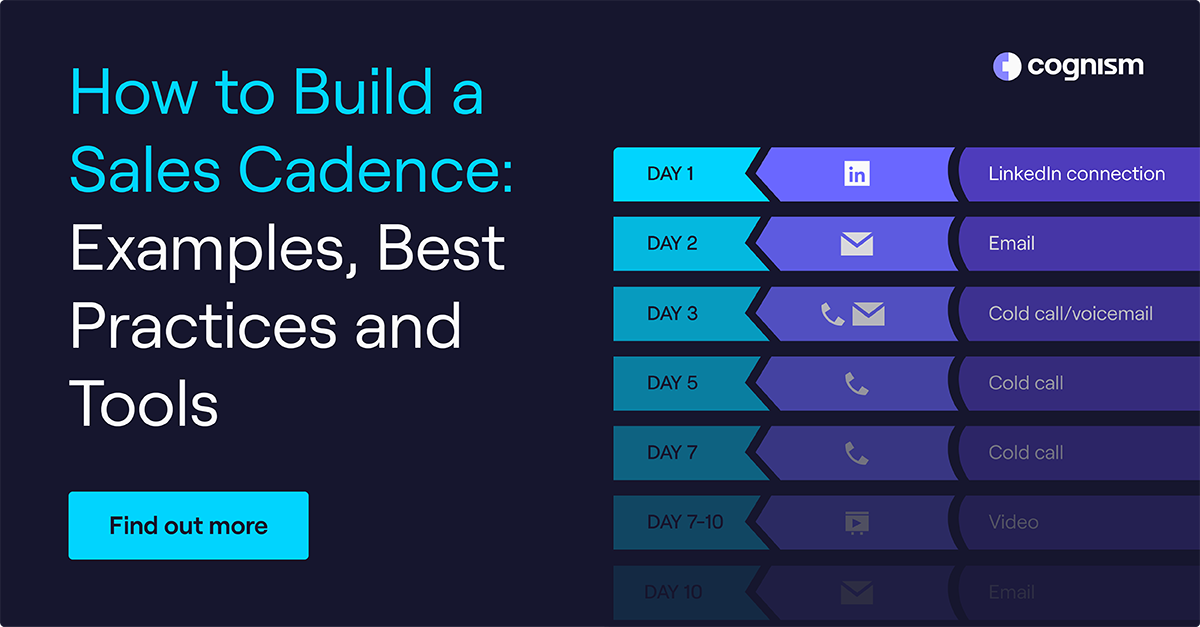


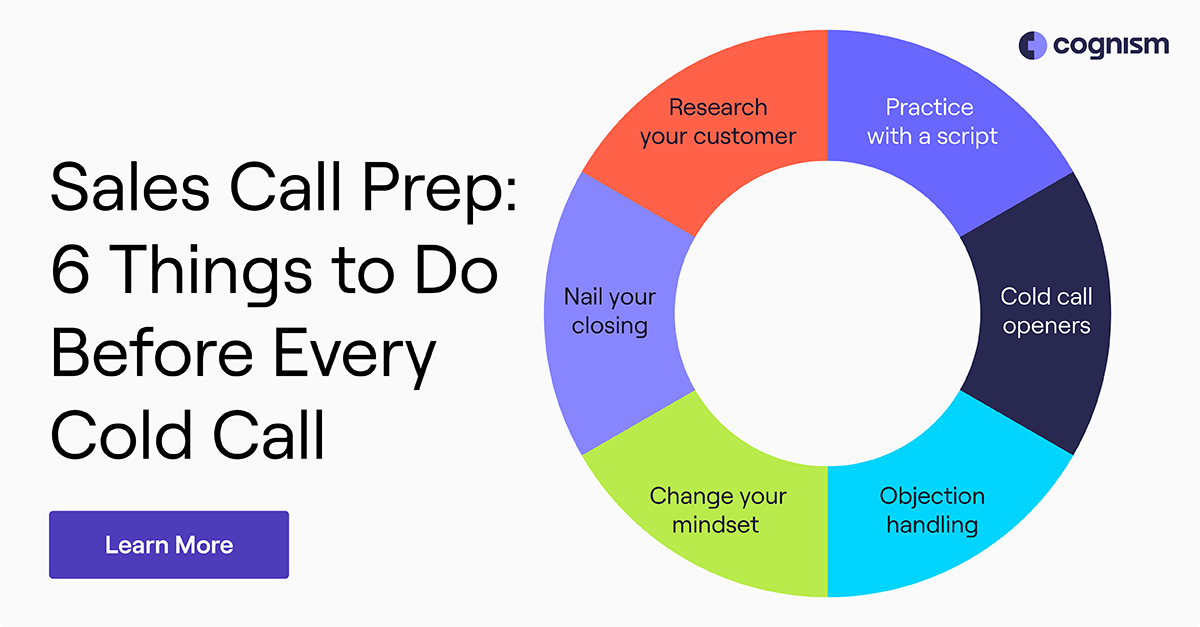
.png)

